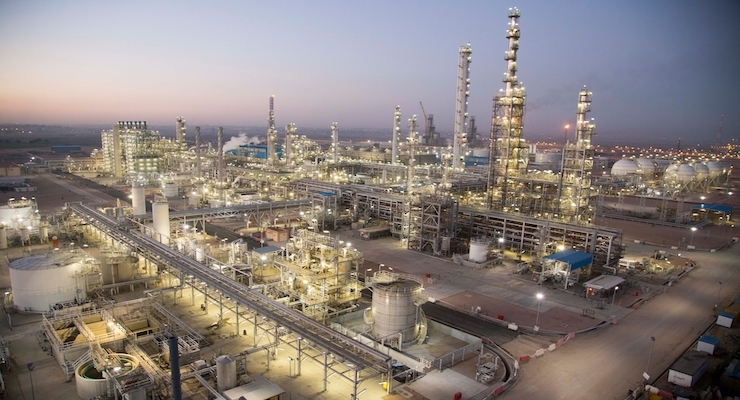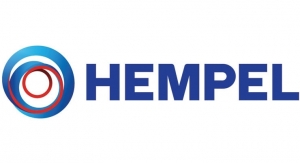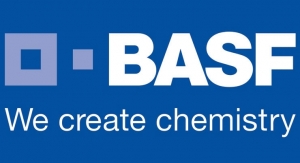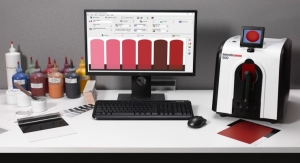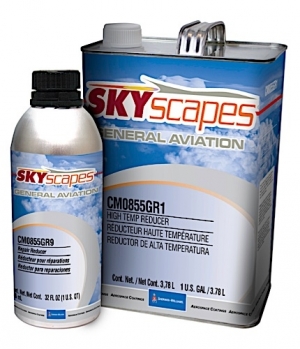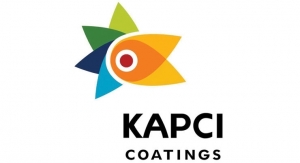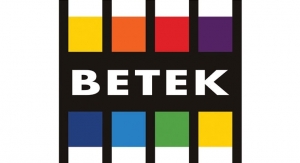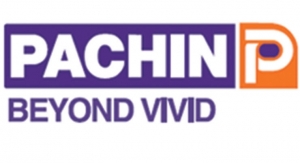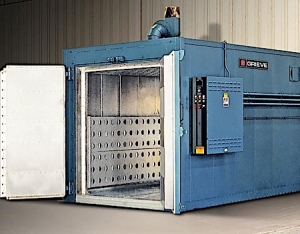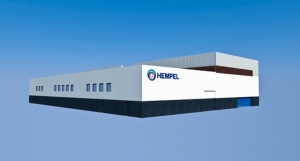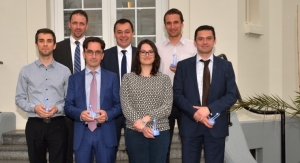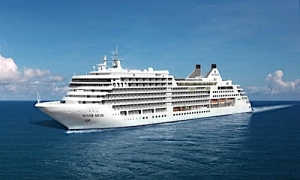11.14.17
Jotun launched its Thermosafe range, which enables customers operating at higher temperatures enhanced safety, efficiency and productivity.
With the long life of a coating system and effective protection of facility assets growing in importance, Thermosafe was developed to enhance operational efficiency, cut costs, reduce maintenance and increase on-site safety. Thermosafe compromises five products created to suit specific extreme environments – including temperature ranges from -196˚C to 1000˚C, thermal exposure, corrosion, fire, cryogenic spills and heat enabling better corrosion protection and reduced maintenance needs.
“We work hand-in-hand with our global customer base in order to gain an intimate understanding of their operations,” said Miles Buckhurst, global concept director HPI at Jotun. “That insight tells us that the shift to higher temperatures, to help optimize processing and productivity, requires a new generation of coating.”
The Thermosafe range consists of:
Jotatemp 250 provides anti-corrosive protection for continuous operations of up to 250˚, providing optimal cost efficiency for customers operating within this threshold. However, those with the potential to experience anything from the lowest liquid gas temperatures up the extremes of burning hydrocarbons can choose Jotatemp 1000 Ceramic for optimum protection up to 1000˚.
The full Thermosafe range, which also features mesh free epoxy passive fire protection (PFP) solutions and thermal insulation for cryogenic spills, safeguards against a comprehensive spectrum of threats, from thermal exposure, to corrosion, fires and heat.
“We have used a significant amount of resources to develop unique solutions catering for the needs of this fast-growing segment,” Buckhurst said. “The onshore oil, gas and chemical industries are some of the most demanding in the world, and they deserve coatings that can help them fulfill their potential.”
With the long life of a coating system and effective protection of facility assets growing in importance, Thermosafe was developed to enhance operational efficiency, cut costs, reduce maintenance and increase on-site safety. Thermosafe compromises five products created to suit specific extreme environments – including temperature ranges from -196˚C to 1000˚C, thermal exposure, corrosion, fire, cryogenic spills and heat enabling better corrosion protection and reduced maintenance needs.
“We work hand-in-hand with our global customer base in order to gain an intimate understanding of their operations,” said Miles Buckhurst, global concept director HPI at Jotun. “That insight tells us that the shift to higher temperatures, to help optimize processing and productivity, requires a new generation of coating.”
The Thermosafe range consists of:
- Jotatemp 250 – Anti-corrosive protection at continuous temperatures up to 250˚;
- Jotatemp 540 Zinc – Offering both barrier and galvanic protection for temperatures higher than 120˚;
- Jotatemp 1000 Ceramic – Heat resistant corrosion protection for extreme high temperature environments up to 1000˚;
- Jotachar 1709 – Mesh free epoxy PFP against hydrocarbon pool fire for up to four hours;
- Jotatherm TB550 – Thermal insulation for cryogenic spill protection and heat reduction
Jotatemp 250 provides anti-corrosive protection for continuous operations of up to 250˚, providing optimal cost efficiency for customers operating within this threshold. However, those with the potential to experience anything from the lowest liquid gas temperatures up the extremes of burning hydrocarbons can choose Jotatemp 1000 Ceramic for optimum protection up to 1000˚.
The full Thermosafe range, which also features mesh free epoxy passive fire protection (PFP) solutions and thermal insulation for cryogenic spills, safeguards against a comprehensive spectrum of threats, from thermal exposure, to corrosion, fires and heat.
“We have used a significant amount of resources to develop unique solutions catering for the needs of this fast-growing segment,” Buckhurst said. “The onshore oil, gas and chemical industries are some of the most demanding in the world, and they deserve coatings that can help them fulfill their potential.”

